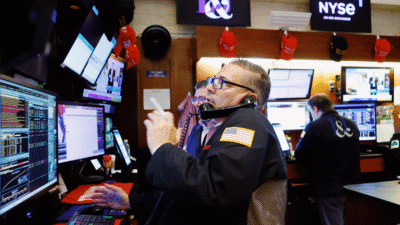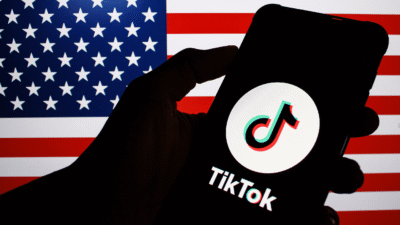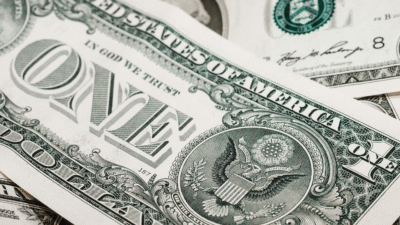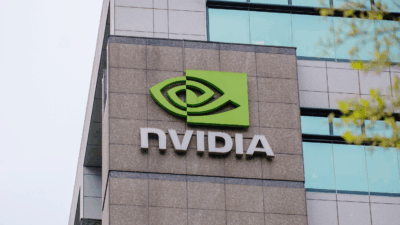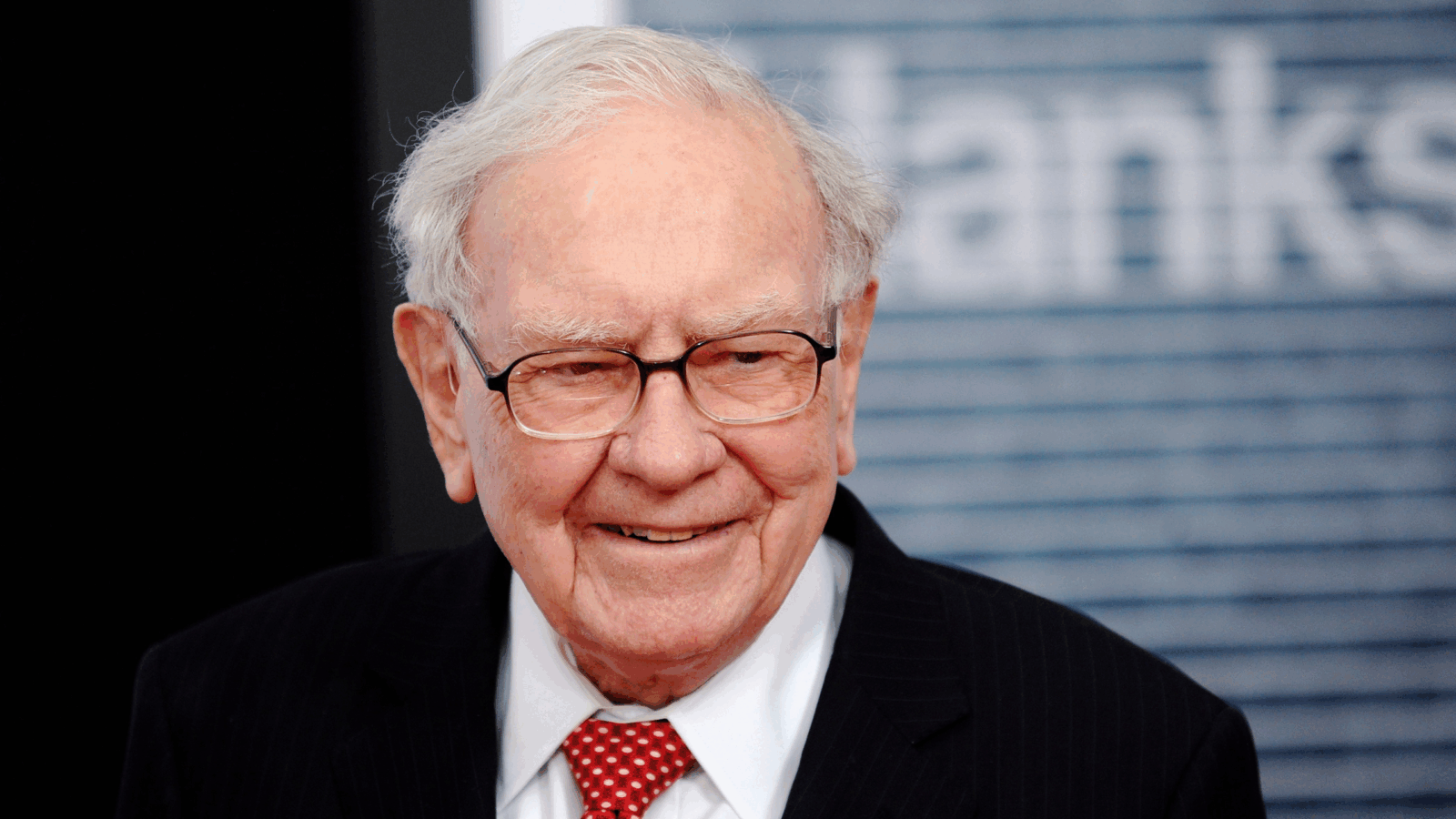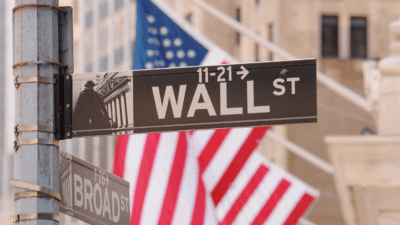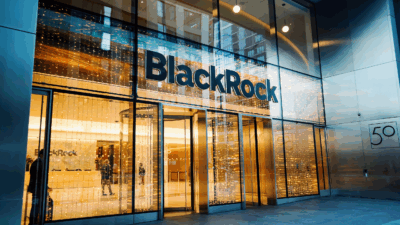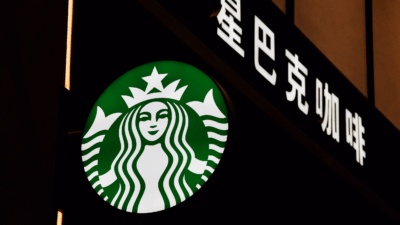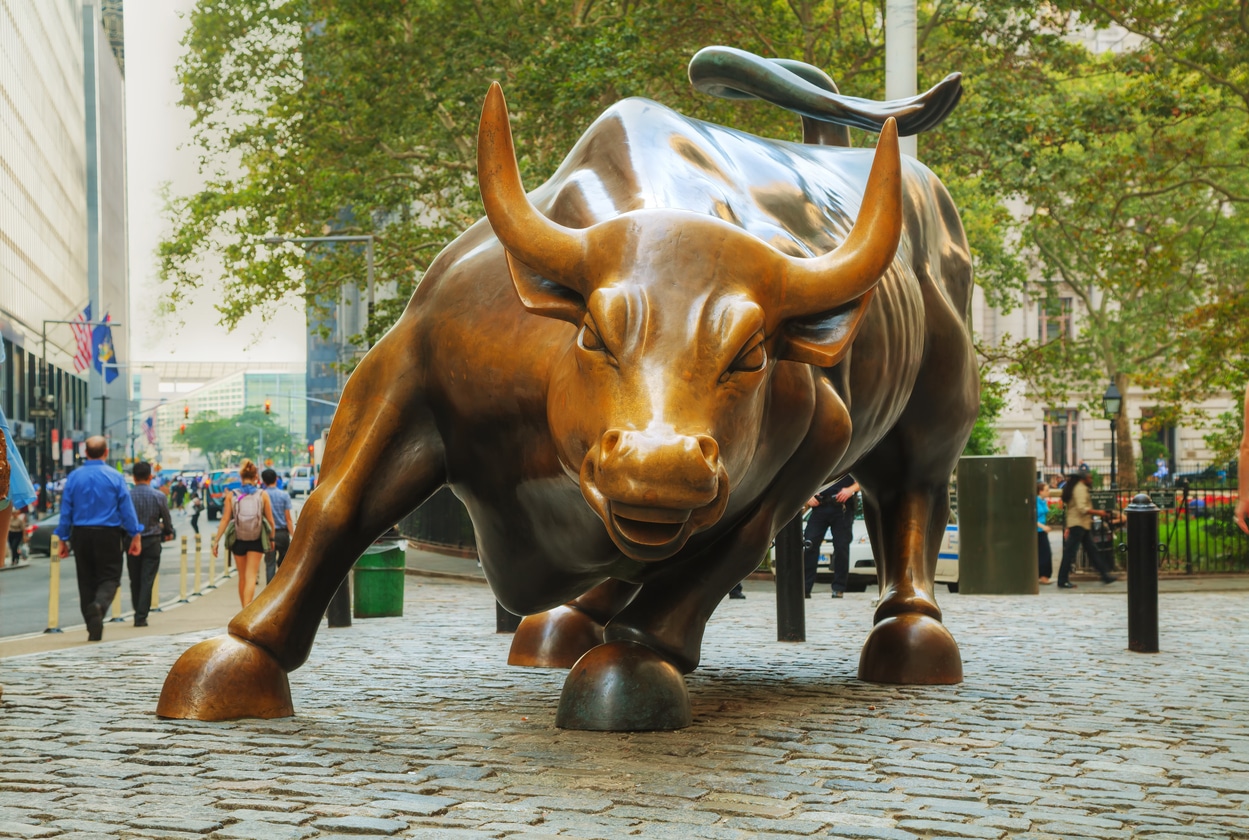
Sign up for smart news, insights, and analysis on the biggest financial stories of the day.
Stock market analysts are known to often be an overly optimistic bunch. And in the face of a new Covid wave, China’s swift regulatory crackdown, and deteriorating political stability in the Middle East, they’re feeling… as optimistic as ever?
Right now, 56% of analyst recommendations on S&P 500 stocks are buys, the most since 2002 and an indication that a strong earnings season has given Wall Street an unbridled swagger. Not everyone is buying all the bravado, though.
Rose-Tinted Balance Sheets
The second quarter accounted for one of the best earnings seasons in history. U.S. companies posted profit growth of 90% (17% above expectations), and European firms grew profits 71%, beating expectations by 16%. Even with stock prices at all-time highs — leading some to argue the optimism of the moment is already priced in — there are indications that more gains are possible:
- Aggregated 12-month price targets for the S&P 500 suggest a further implied gain of 10%. For Asian stocks, that figure is even higher at 21%. And in Europe, Stoxx 600 companies have an implied gain of about 9% for the next 12 months. (In Europe and Asia, buy recommendations are at 52% and 75% respectively, each 10-year highs.)
- Markets don’t seem keen on a correction (a decline of 5% or more). It’s been 193 days since the last one, twice the typical duration between corrections, and many restaurants, airlines, and tour operators are still reporting earnings 75% or more below pre-crisis levels, leaving ample room for a further rebound.
Red Flags: Not all indicators are rosy. As of August 9th, the ratio of S&P 500 company share prices to earnings per share was a towering 38.5. That’s more than double the historic average of 16.8. The previous four times the ratio broke above 30, the S&P subsequently fell at least 20%. “If all the analysts on the Street are bullish, I’d be very cautious,” Dave Lutz, head of ETFs at JonesTrading Annapolis, warned in an investor note.


